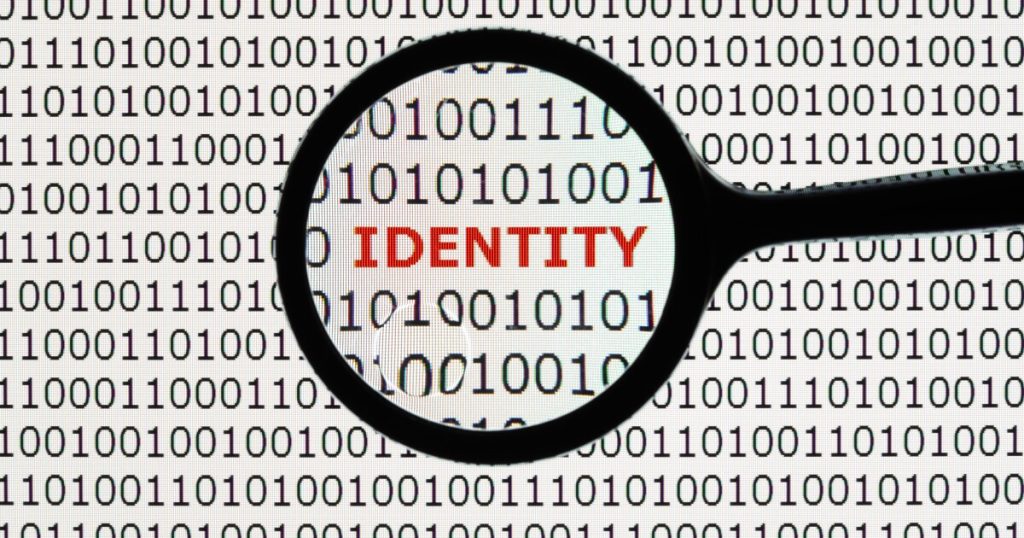Adobe Stock
As digital banking becomes mainstream, one question keeps surfacing across boardrooms, policy tables and innovation labs: Who truly owns a customer’s
It is not a theoretical debate. The answer will determine
Traditionally,
While fintechs and public platforms race to reimagine identity as a service, many retail banks remain reactive, patching legacy systems and outsourcing verification. The risk is not only operational but existential. As national and global ID systems become more sophisticated — offering portability, consent management and real-time authentication — banks risk becoming interchangeable utilities. If they remain passive, they will slowly disappear from the customer’s line of sight while other players control the trust relationship.
Technology companies have long recognized the power of identity. For them, it is not a back-office concern but the foundation for ecosystem control. The identity of a user who signs in through Google, Apple or Facebook is already partially owned. The same is true for governments. From India’s Aadhaar to Europe’s eIDAS, public infrastructure is rapidly absorbing the identity function. The result is that banks no longer define the customer relationship. They operate within a digital framework they did not build and increasingly do not influence. What is happening here is not simply a technology upgrade but a transfer of power.
To avoid becoming invisible in the customer journey, banks must reframe their role. The goal is not to own identity in the traditional sense, but to become trusted stewards of it — ensuring that customers remain empowered, secure and seen. This means rebuilding trust by leading with transparency, consent and ethical data use. It means investing in interoperability so that identity infrastructure works seamlessly across platforms and borders rather than being locked into proprietary systems. And it means enabling self-sovereignty by giving customers tools such as digital wallets, secure login and real-time permissions that allow them to manage their identity, not simply verify it. The issue is not the technology itself but the purpose and intent with which identity systems are designed.
There are already examples in motion. In the Nordic region, BankID has become a model for bank-led identity frameworks that enable both security and convenience. Singapore’s MyInfo demonstrates how public-private cooperation can succeed. In parts of Africa, mobile identity platforms tied to banking access are building real inclusion. The common thread across these cases is not regulation but leadership. Banks stepped up not because they were forced to, but because they saw a strategic opportunity to stay central in the digital experience.
Historically, banks were custodians of wealth. In the digital age, they must evolve to become custodians of identity and data trust. That requires moving beyond compliance and embracing active stewardship — designing systems that work for the customer, not just the regulator. The institutions that embrace this role will remain relevant. Those that delay will gradually lose the customer’s attention and eventually their loyalty. Once trust is ceded, it is very difficult to win back.
The future of digital identity is being shaped now. Retail banks can either help define it or be defined by others. If they fail to act, they may still exist but only as a back-end utility, invisible in the moments that matter. The opportunity is in plain sight, but it will not wait forever. For banks, the moment to act is now.

